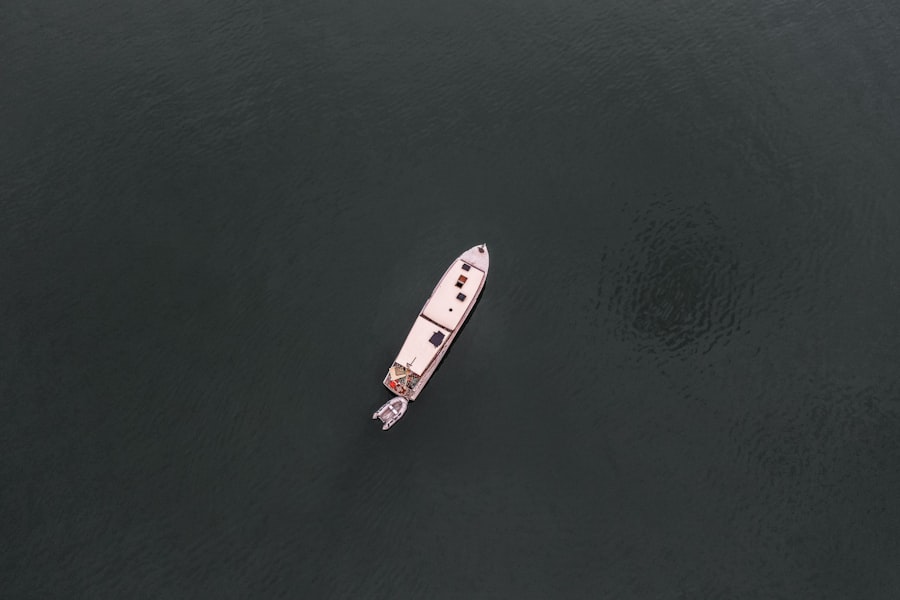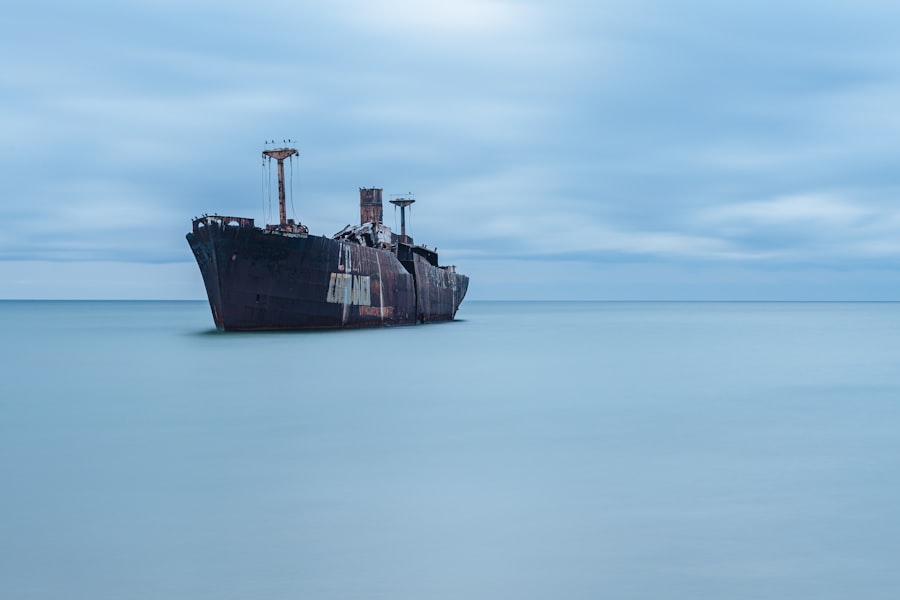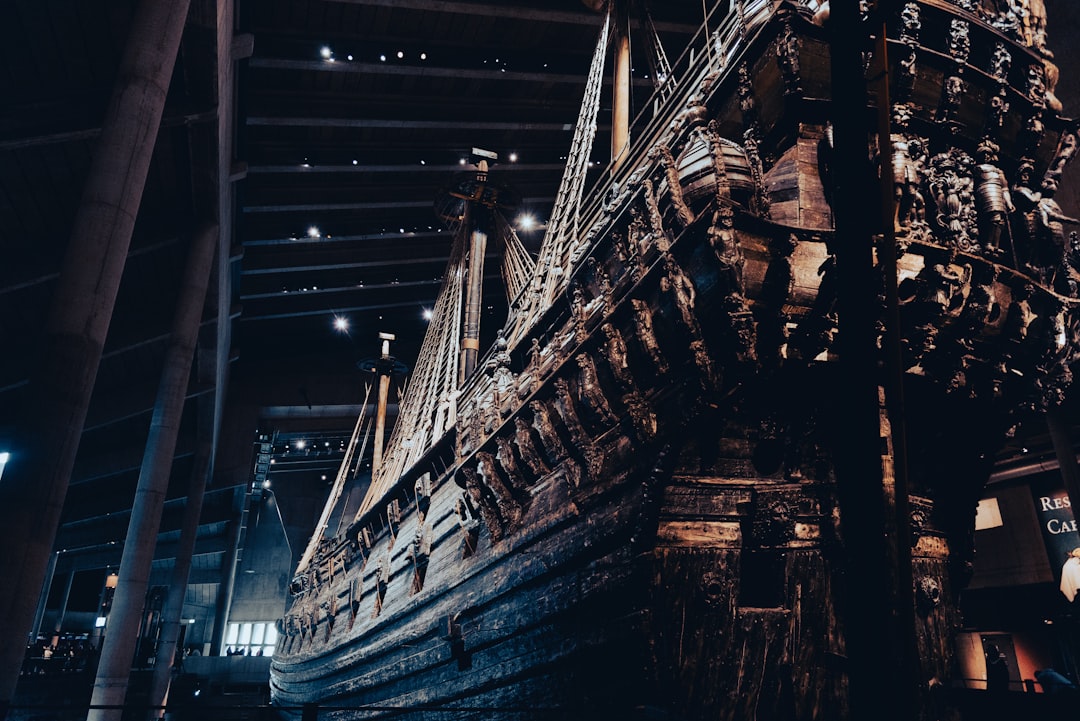The Drake Passage, a body of water that separates South America from Antarctica, has a rich and storied history that dates back centuries. Named after the English explorer Sir Francis Drake, who navigated these treacherous waters in the late 16th century, the passage has long been a focal point for explorers, scientists, and adventurers alike. Its strategic location has made it a critical route for maritime navigation, particularly during the Age of Exploration when European powers sought new trade routes and territories.
The passage is notorious for its unpredictable weather and rough seas, which have challenged even the most seasoned sailors. Over the years, the Drake Passage has witnessed numerous significant events. It served as a gateway for whalers and sealers in the 19th century, who exploited the rich marine resources of the Southern Ocean.
The passage also played a pivotal role in scientific exploration, particularly during the 20th century when researchers began to study its unique ecosystems and the impact of climate change on polar regions. Today, the Drake Passage remains a vital area for both maritime navigation and scientific research, drawing travelers from around the globe eager to experience its natural beauty and historical significance.
Key Takeaways
- The Drake Passage is named after Sir Francis Drake, the first Englishman to navigate it in 1578.
- Travelers should expect rough seas and strong winds when crossing the Drake Passage, known as the roughest sea in the world.
- Safety measures aboard the Schiff include mandatory safety drills, life jackets, and experienced crew members.
- The wildlife of the Drake Passage includes various species of seabirds, whales, and seals, providing unique opportunities for wildlife enthusiasts.
- Navigating the weather in the Drake Passage presents challenges such as unpredictable storms, requiring careful planning and precautions.
Preparing for the Journey: What to Expect
Embarking on a journey across the Drake Passage requires careful preparation and an understanding of what lies ahead. Travelers should anticipate a range of experiences, from breathtaking views of the Southern Ocean to the challenges posed by its notorious weather conditions. Before setting sail, it is essential for passengers to familiarize themselves with the itinerary, onboard amenities, and safety protocols.
Many cruise lines offer pre-departure briefings that provide valuable information about the journey, including what to pack and how to prepare for potential seasickness. In addition to practical preparations, travelers should also mentally prepare for the adventure that awaits them. The Drake Passage is not just a means of transportation; it is an experience in itself.
Passengers can expect to encounter stunning landscapes, including towering icebergs and vast expanses of ocean. The journey often includes opportunities for wildlife sightings, such as whales and seabirds, which can add to the excitement of crossing this iconic waterway. Understanding that the journey may be challenging at times can help travelers embrace the experience with an open mind and a sense of adventure.
Safety Measures Aboard the Schiff

Safety is paramount when navigating the unpredictable waters of the Drake Passage. Cruise operators take extensive measures to ensure the well-being of their passengers and crew. Vessels are equipped with state-of-the-art navigation systems and safety equipment, including life rafts, emergency beacons, and communication devices.
Crew members undergo rigorous training in emergency procedures and are well-versed in handling various situations that may arise during the journey. Passengers are also provided with safety briefings upon boarding, which outline essential protocols and procedures. These briefings cover topics such as life jacket usage, emergency evacuation routes, and how to respond in case of rough seas.
Additionally, many vessels have medical personnel on board to address any health concerns that may arise during the trip. By prioritizing safety and preparedness, cruise operators aim to create a secure environment for all travelers as they embark on their adventure across the Drake Passage.
The Wildlife of the Drake Passage
| Species | Population | Conservation Status |
|---|---|---|
| Wandering Albatross | 10,000 pairs | Vulnerable |
| Antarctic Petrel | Unknown | Least Concern |
| Blue Whale | Unknown | Endangered |
| Leopard Seal | Unknown | Least Concern |
The Drake Passage is renowned for its rich biodiversity, making it a prime destination for wildlife enthusiasts. The waters are teeming with marine life, including various species of whales, seals, and seabirds. Humpback whales, orcas, and minke whales are commonly spotted during crossings, captivating passengers with their majestic presence.
The passage also serves as a feeding ground for numerous seabird species, such as albatrosses and petrels, which can often be seen gliding gracefully above the waves. In addition to marine mammals and birds, the surrounding islands are home to unique terrestrial wildlife. Penguins, particularly those found on nearby islands like Deception Island and Half Moon Island, attract visitors with their charming antics and social behaviors.
Observing these creatures in their natural habitat adds an unforgettable dimension to the journey across the Drake Passage. The opportunity to witness such diverse wildlife is one of the many reasons travelers are drawn to this remarkable region.
Navigating the Weather: Challenges and Precautions
The weather in the Drake Passage is notoriously unpredictable, presenting both challenges and opportunities for travelers. Known for its strong winds and turbulent seas, conditions can change rapidly, making it essential for passengers to be prepared for anything. While some days may offer calm waters and clear skies, others can bring rough seas and inclement weather.
Understanding this variability is crucial for anyone planning to cross the passage. To navigate these challenges effectively, cruise operators closely monitor weather forecasts and adjust itineraries as needed to ensure passenger safety and comfort. Passengers are encouraged to dress in layers and bring waterproof gear to stay comfortable during their journey.
Additionally, many vessels provide stabilizers to help reduce motion sickness during rough seas. By taking these precautions and remaining flexible in their plans, travelers can make the most of their experience despite the ever-changing weather conditions.
The Importance of the Drake Passage for Scientific Research

The Drake Passage is not only a vital route for maritime navigation but also a significant area for scientific research. Its unique ecosystems provide valuable insights into climate change, oceanography, and marine biology. Researchers study the passage’s currents and water temperatures to better understand how they influence global climate patterns.
The region’s rich biodiversity also offers opportunities for studying species adaptation and resilience in response to environmental changes. Moreover, the passage serves as a critical habitat for various marine species that are essential to understanding ocean health. Scientists conduct research on krill populations, which play a crucial role in the Southern Ocean’s food web.
By studying these organisms and their interactions with other species, researchers can gain insights into broader ecological dynamics. The ongoing scientific exploration of the Drake Passage underscores its importance not only as a travel destination but also as a key area for advancing knowledge about our planet’s oceans.
Tips for Coping with Seasickness
Seasickness is a common concern for many travelers embarking on a journey across the Drake Passage. The combination of rolling waves and unpredictable weather can lead to discomfort for even seasoned sailors. However, there are several strategies that passengers can employ to minimize their chances of experiencing seasickness during their voyage.
One effective approach is to choose accommodations wisely; cabins located in the middle of the ship tend to experience less motion than those at either end. Additionally, staying hydrated and consuming light meals can help alleviate symptoms. Many travelers find that ginger tea or ginger candies provide natural relief from nausea.
Over-the-counter medications are also available for those who prefer a more proactive approach; consulting with a healthcare professional before departure can help identify suitable options.
The Unique Experience of Crossing the Drake Passage
Crossing the Drake Passage is often described as a rite of passage for adventurers seeking to explore Antarctica. The experience is marked by a sense of anticipation as travelers leave behind the familiar landscapes of South America and venture into one of the most remote regions on Earth. The thrill of navigating these storied waters is accompanied by breathtaking views of icebergs and expansive ocean vistas that captivate passengers throughout their journey.
As travelers make their way across the passage, they often find themselves reflecting on their surroundings and embracing the spirit of adventure that defines this unique experience. The camaraderie among fellow passengers adds to the journey’s allure; shared moments of awe at wildlife sightings or stunning sunsets create lasting memories that transcend individual experiences. For many, crossing the Drake Passage becomes more than just a means of reaching Antarctica; it transforms into an unforgettable adventure filled with discovery and connection.
Exploring the Surrounding Islands and Landscapes
The journey across the Drake Passage often serves as a gateway to exploring some of Antarctica’s most breathtaking islands and landscapes. Once travelers arrive at their destination, they have opportunities to disembark and explore sites such as Deception Island or Half Moon Island. These locations offer unique geological features shaped by volcanic activity and glacial processes that tell stories of Earth’s dynamic history.
Visitors can engage in various activities while exploring these islands, from guided hikes that reveal stunning vistas to opportunities for wildlife observation up close. The chance to witness penguins nesting or seals basking on rocky shores adds an extra layer of excitement to any expedition. Each island presents its own distinct character and charm, inviting travelers to immerse themselves in the beauty of this remote region while creating memories that will last a lifetime.
The Role of the Crew: Expertise and Experience
The crew aboard vessels navigating the Drake Passage plays an integral role in ensuring a safe and enjoyable experience for passengers. Comprising skilled professionals with extensive training in navigation, safety protocols, and customer service, they are dedicated to providing exceptional care throughout the journey. Their expertise allows them to navigate challenging conditions while maintaining passenger comfort.
Crew members often share their knowledge about the region’s history, wildlife, and geology through informative presentations and guided excursions. This educational component enhances travelers’ understanding of their surroundings while fostering a deeper appreciation for this remarkable environment. The crew’s commitment to excellence not only ensures safety but also enriches each passenger’s experience as they embark on this extraordinary adventure.
Reflecting on the Journey: Memories and Lessons Learned
As travelers complete their journey across the Drake Passage, they often find themselves reflecting on their experiences with a sense of gratitude and wonder. The challenges faced during rough seas become stories shared among newfound friends; moments spent observing wildlife transform into cherished memories that evoke feelings of awe at nature’s beauty. Each traveler carries home not only photographs but also lessons learned about resilience, adaptability, and connection with both nature and fellow adventurers.
The journey across this iconic waterway serves as a reminder of humanity’s quest for exploration and understanding in an ever-changing world. For many, it ignites a passion for further exploration or inspires a commitment to environmental stewardship as they witness firsthand the fragility of polar ecosystems. Ultimately, crossing the Drake Passage becomes more than just an adventure; it evolves into a transformative experience that leaves an indelible mark on each traveler’s heart and mind.
The Drake Passage is a significant body of water that serves as a natural boundary between the southern tip of South America and Antarctica. It is renowned for its challenging navigation conditions, which have historically posed a formidable challenge to mariners.
This article delves into the intricacies of this treacherous sea route and its impact on maritime exploration. You can read more about it by visiting this link.
WATCH NOW! Drake Passage: Earth’s Deadliest Waters Revealed
FAQs
What is the Drake Passage?
The Drake Passage is the body of water between the southern tip of South America and the northern tip of the Antarctic Peninsula. It is known for its rough seas and strong winds, making it one of the most challenging maritime routes in the world.
What is a Drake Passage Schiff?
A Drake Passage Schiff refers to a ship or vessel that navigates the Drake Passage. These ships are specially designed to withstand the harsh conditions of the passage, including strong winds, high waves, and icy waters.
What are the characteristics of a Drake Passage Schiff?
Drake Passage Schiffs are typically ice-strengthened and equipped with advanced navigation and stabilization systems to ensure safe passage through the challenging waters. They also often have experienced crew and expedition staff to provide guidance and support to passengers.
What are the common routes for Drake Passage Schiffs?
Drake Passage Schiffs commonly travel between South America and Antarctica, often as part of expedition cruises to explore the Antarctic Peninsula, South Georgia, and the Falkland Islands. Some ships also offer round-trip journeys across the passage for those seeking a unique and adventurous maritime experience.
What should passengers expect when traveling on a Drake Passage Schiff?
Passengers on a Drake Passage Schiff should be prepared for rough seas and potentially challenging sailing conditions. However, they can also expect breathtaking views of the surrounding landscapes, opportunities for wildlife sightings, and the chance to participate in various expedition activities such as kayaking, hiking, and wildlife photography.
